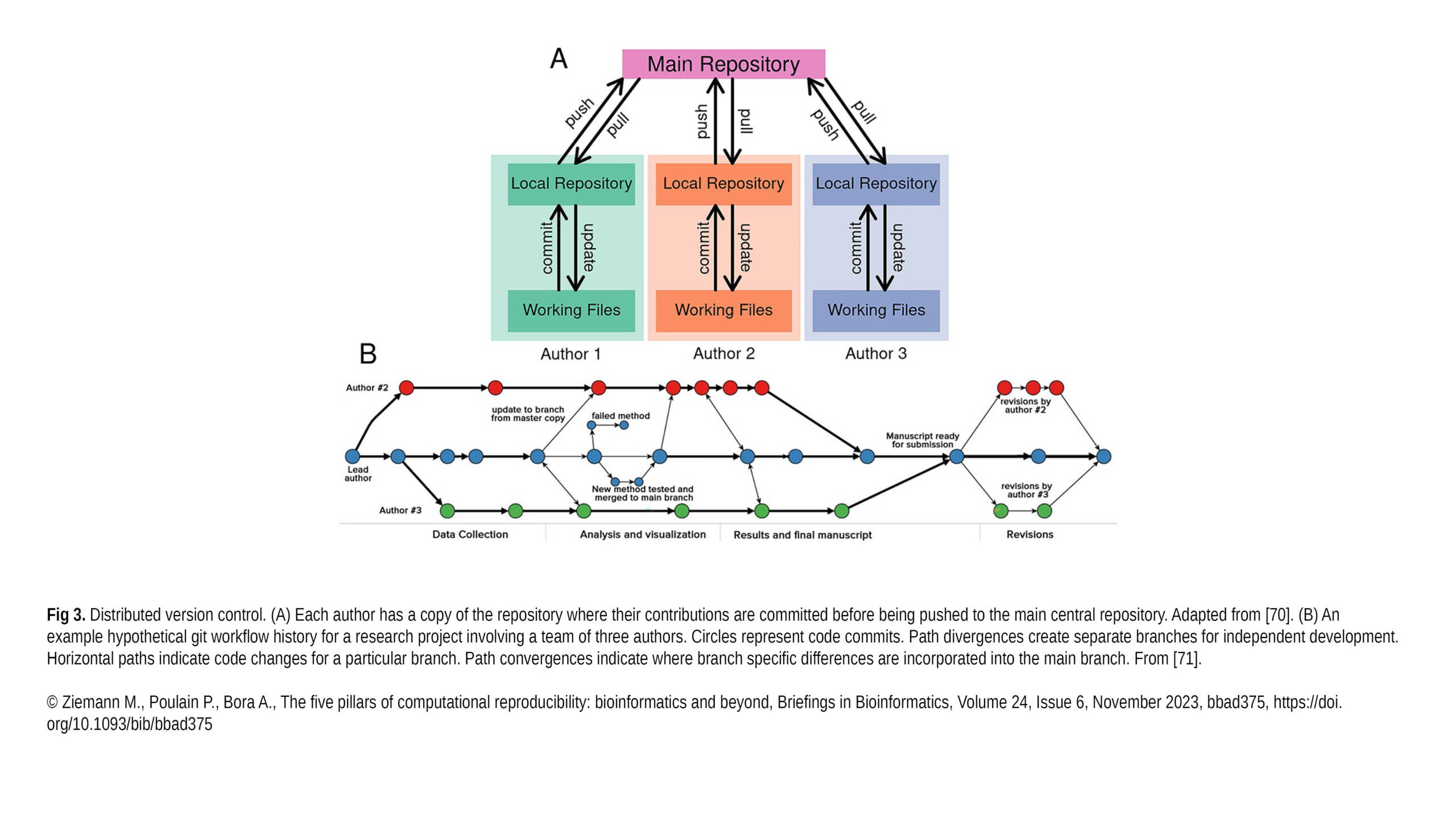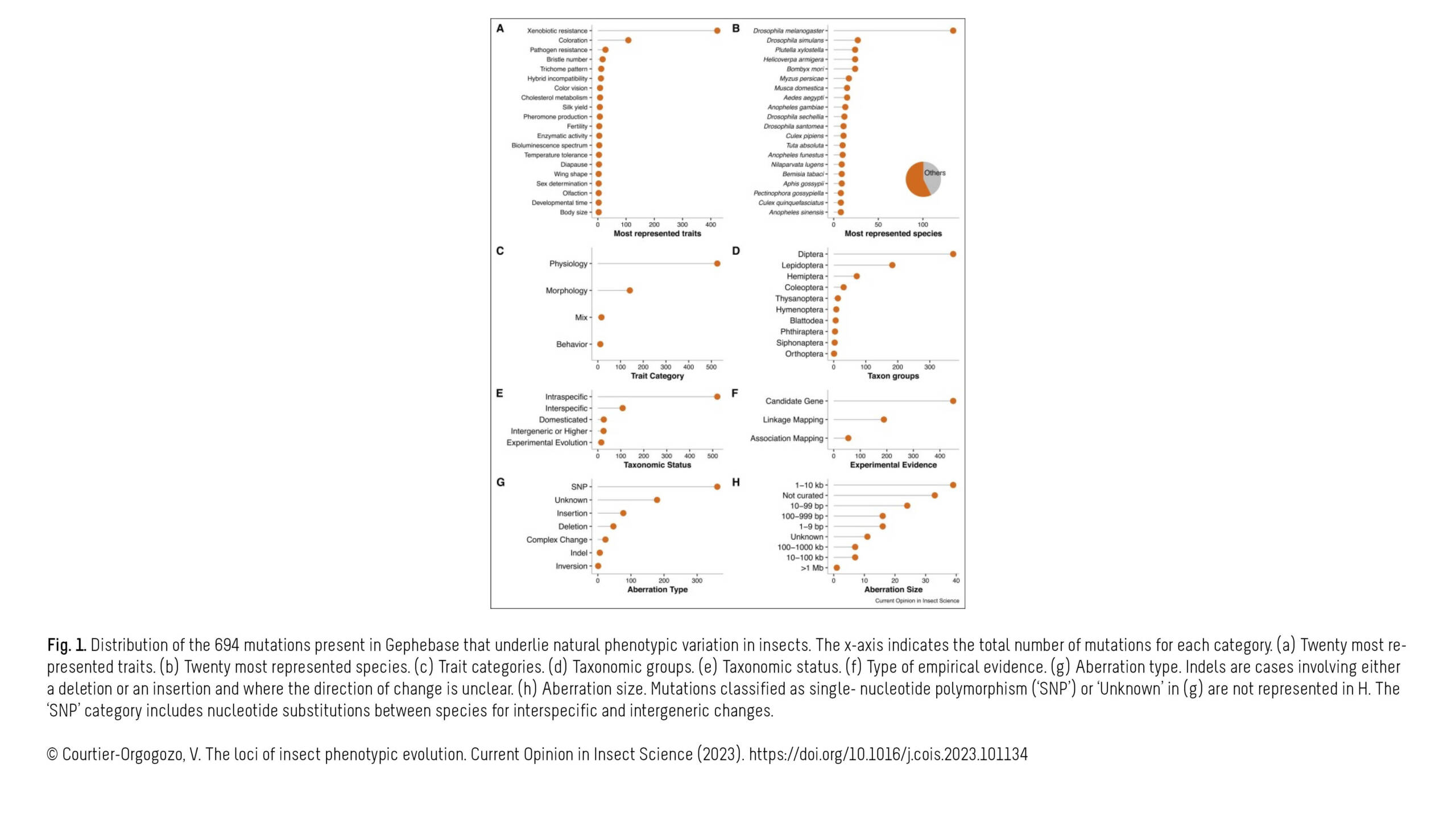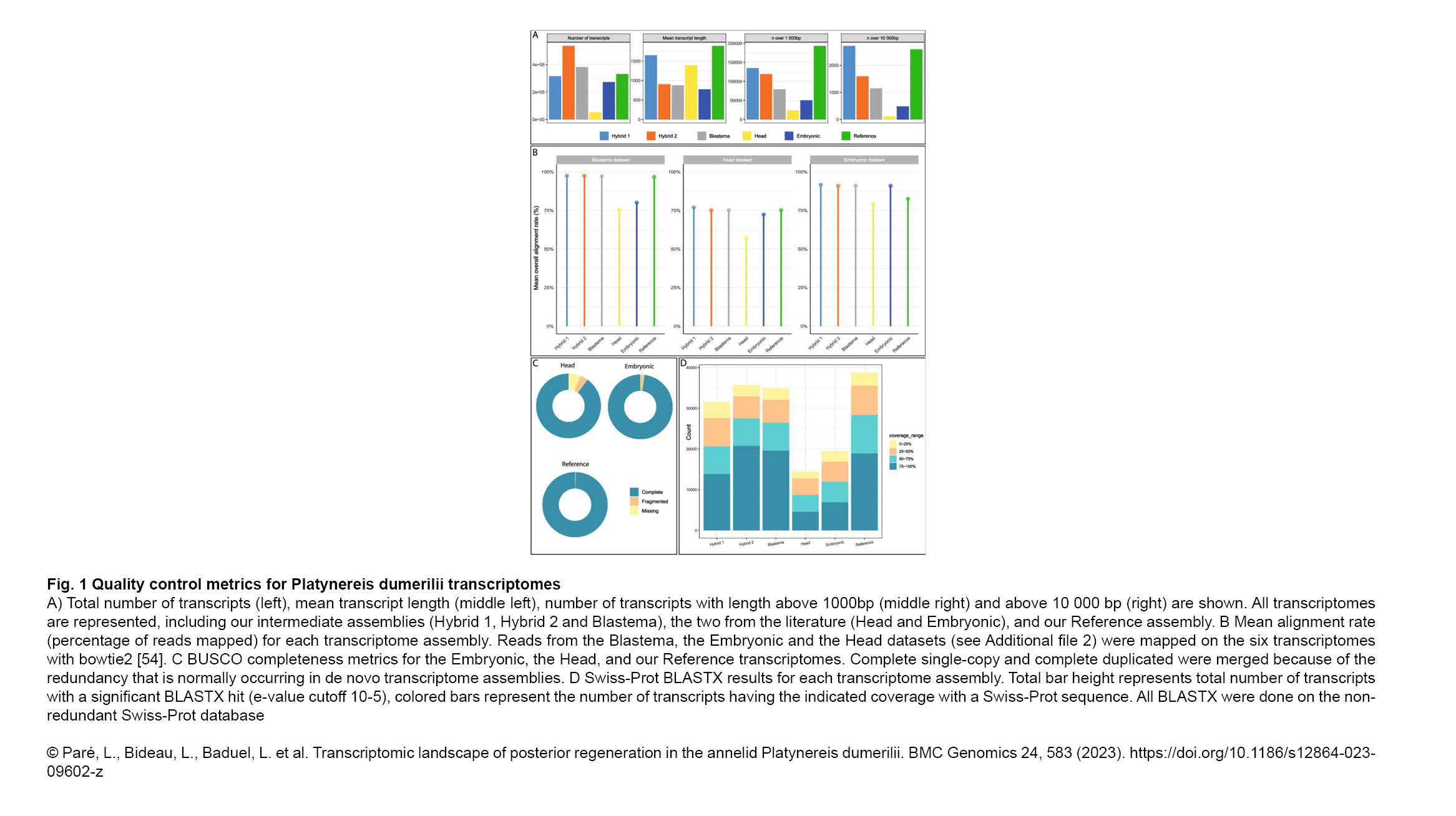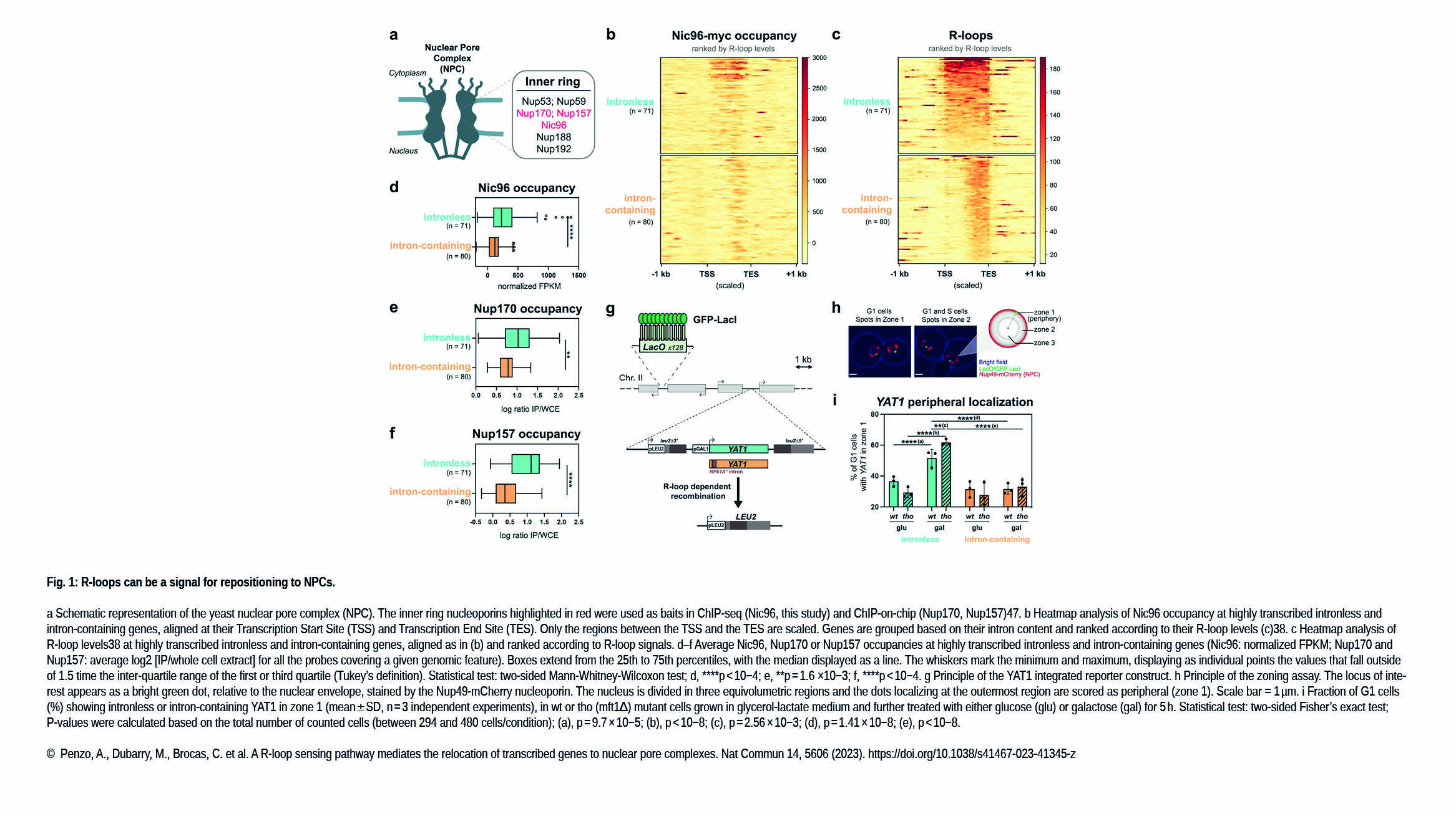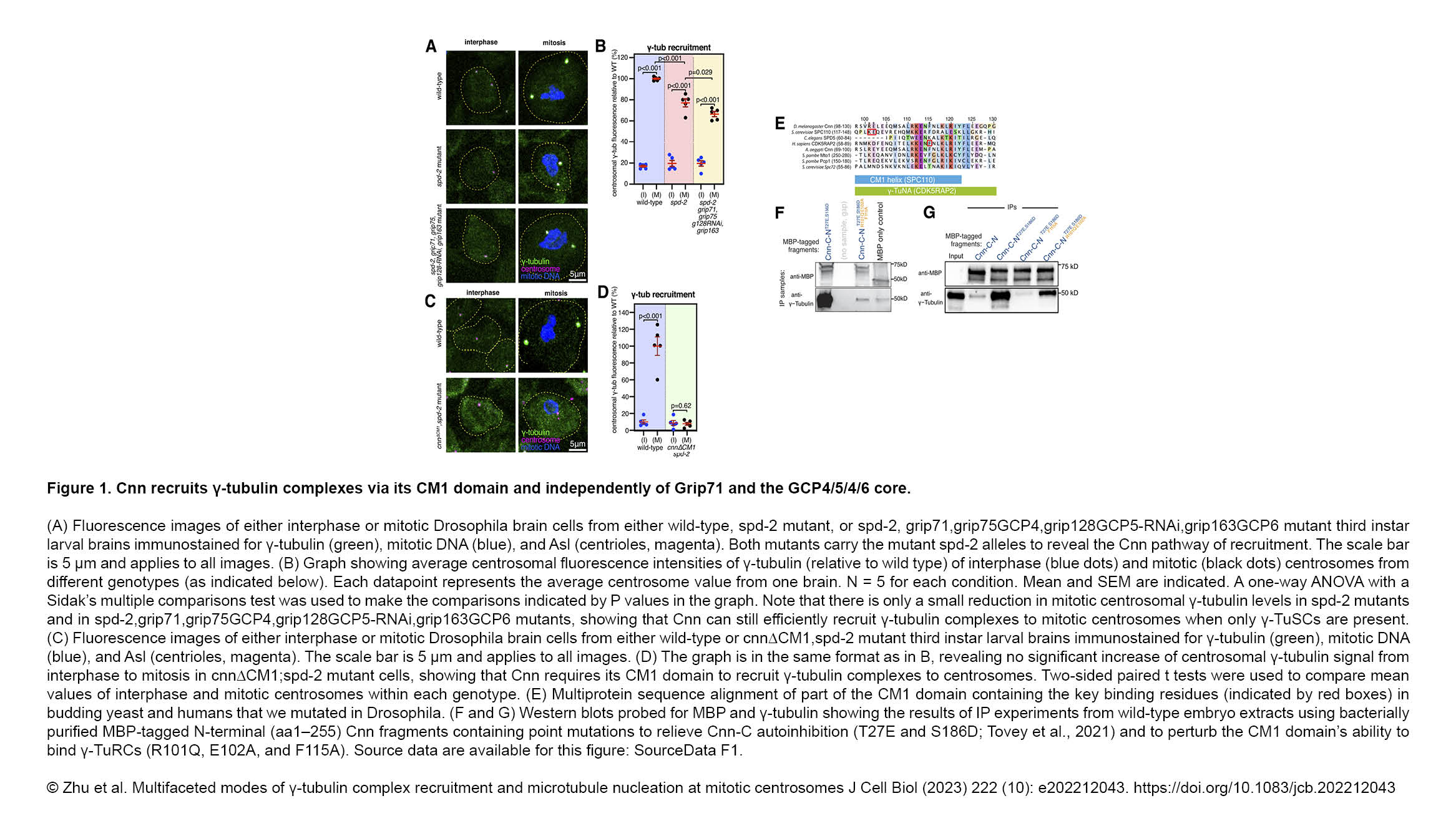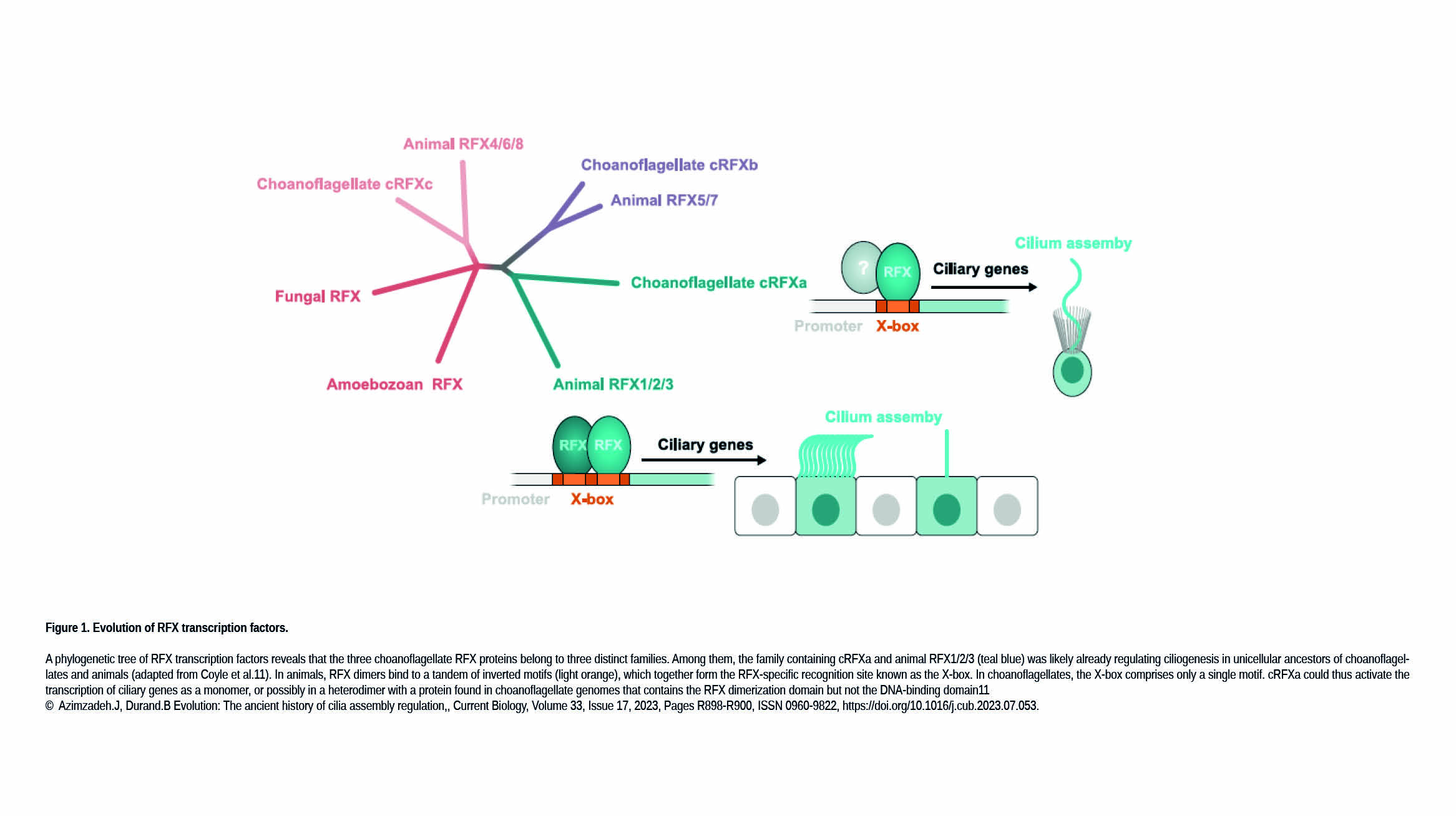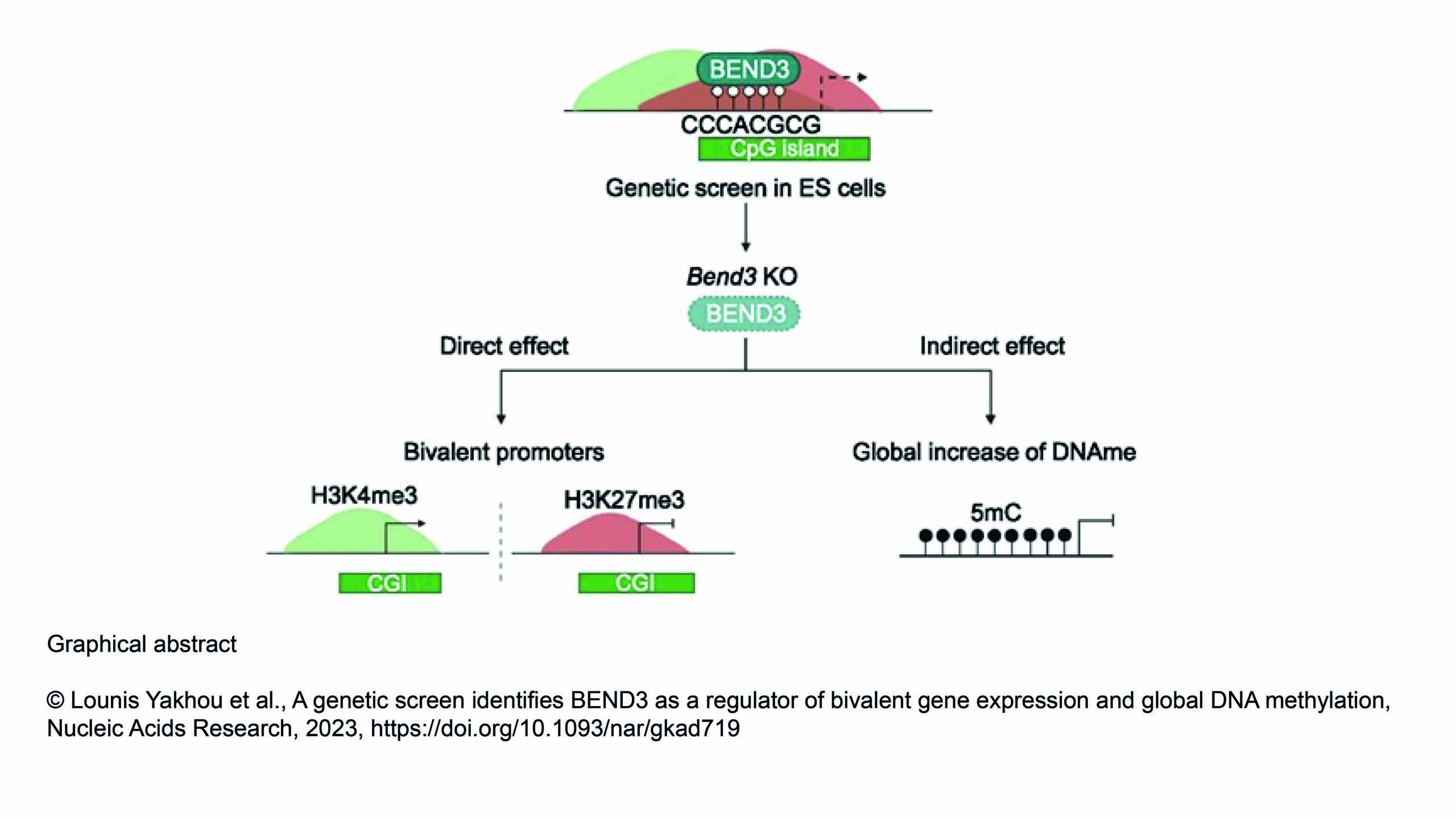L'équipe Ladoux / Mège a récemment contribué à la publication d'un nouvel article dans Nature Cell biology :
A mechanosensitive caveolae–invadosome interplay drives matrix remodelling for cancer cell invasion
Résumé :
Invadosomes and caveolae are mechanosensitive structures that are implicated in metastasis. Here, we describe a unique juxtaposition of caveola clusters and matrix degradative invadosomes at…



